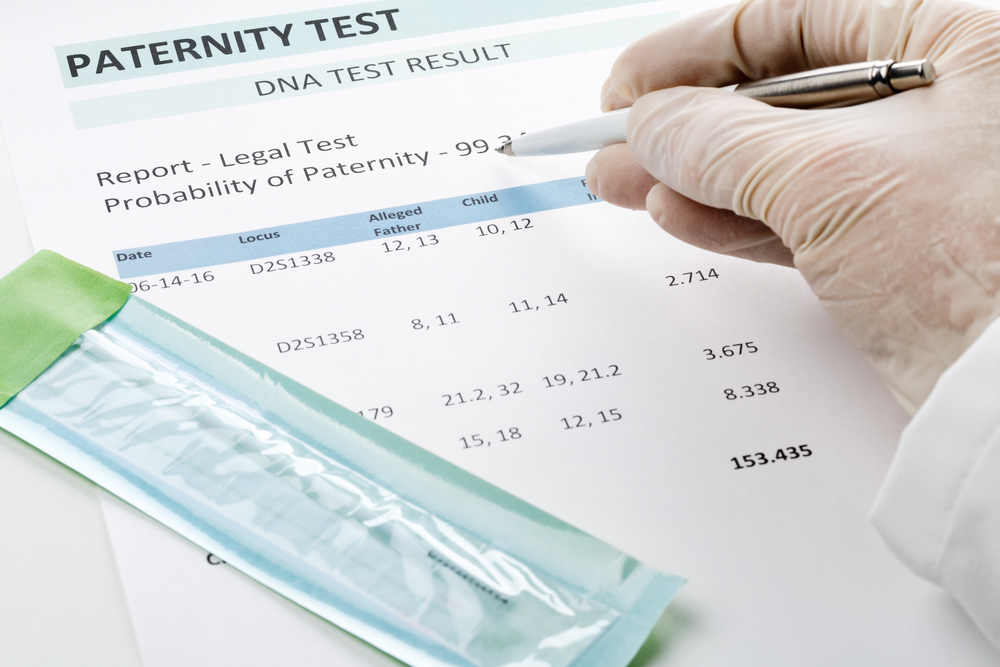If you have watched any TV shows or movies, you must have heard about DNA paternity tests that take the plot forward. But have you ever stopped to think about how DNA paternity tests work? If you have, you have come to the right place. In this article, we will be talking about what a DNA paternity test is and how it works. We will also try to answer the question of how accurate it is.
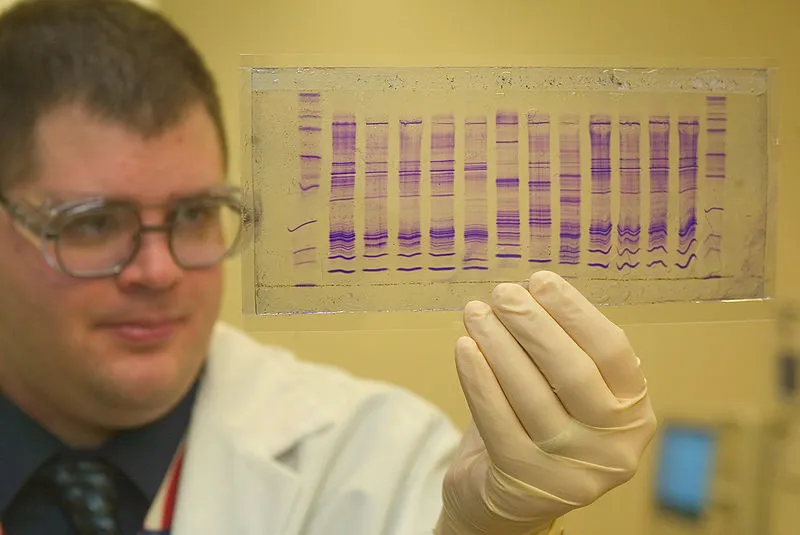
What is a DNA Paternity Test?
Before we go into the mechanics of how something works, we first need to completely understand what a particular thing is. If we try to deconstruct this term, word by word, we will understand it better. DNA stands for deoxyribonucleic acid, which is genetic material you got from your biological parents. Get more information with CRIGenetics.
The test determines whether your genetic material matches that of someone else and if they can be your biological father. Since you get genetic material from both your biological mother and father, the term paternity is there to explain that this test will only work to see if a man is a child’s father. Even if you might have heard the term DNA testing for the first time in a crime show, real-world reasons are not as dramatic.
Most people need these kinds of assessments to establish a biological link with the child to gain legal rights of a child’s custody. It is also used to get social security benefits along with establishing links to gain benefits from inheritance. On a biological level, genetic links can help determine certain illnesses that can impact long-term health and well-being.
How do Paternity Tests Work?
DNA testing relies on genome sequencing, which seems complicated but is easy to understand. After the swab or DNA sample is collected, it is fragmented for better observation. The samples are fragmented through a gel that separates the parts based on the sizes and forms a unique pattern.
This biological pattern is unique to a particular family of people sharing the same genetic sequence. DNA profiling happens to see if the genetic code of the father matches that of the child. Since the child inherits their DNA from both their mother and father, the responsibility of the test is to see if fragments match adequately.
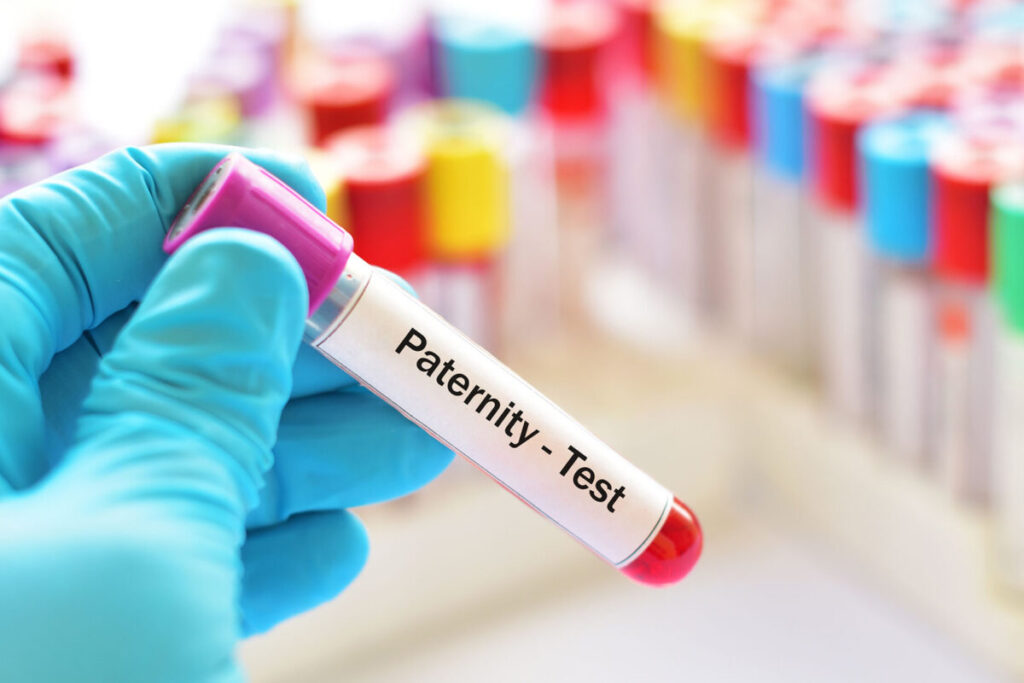
What are the Ways of Paternity Testing?
RFLP or Restriction Fragment Length Polymorphism is the first method through which DNA testing is done. In this method, the experts look at the patterns of digested fragments to see if there is a visible match between the two candidates. The pattern of the DNA fragments can be confirmed after checking boh samples. Even though this is the most popular way of testing, it is comparatively slow.
PCR or Polymerase Chain Reaction is another way to check paternity. After the sample is collected, the fragments are multiplied to huge proportions. This allows for a large amount of observable data to be formed from a small sample. Because there is adequate data to view through the gel, the fragments can be easily distinguished. Typically, if the fragments of the child and potential father matches, the results show high accuracy.
What are the Types of DNA Tests?
Even though paternity is tested for inheritance and other reasons, sometimes it is required to know the father’s identity before birth. There are three main types of prenatal paternity testing which is the most prevalent.
1. Non-Invasive Prenatal Paternity (NIPP)
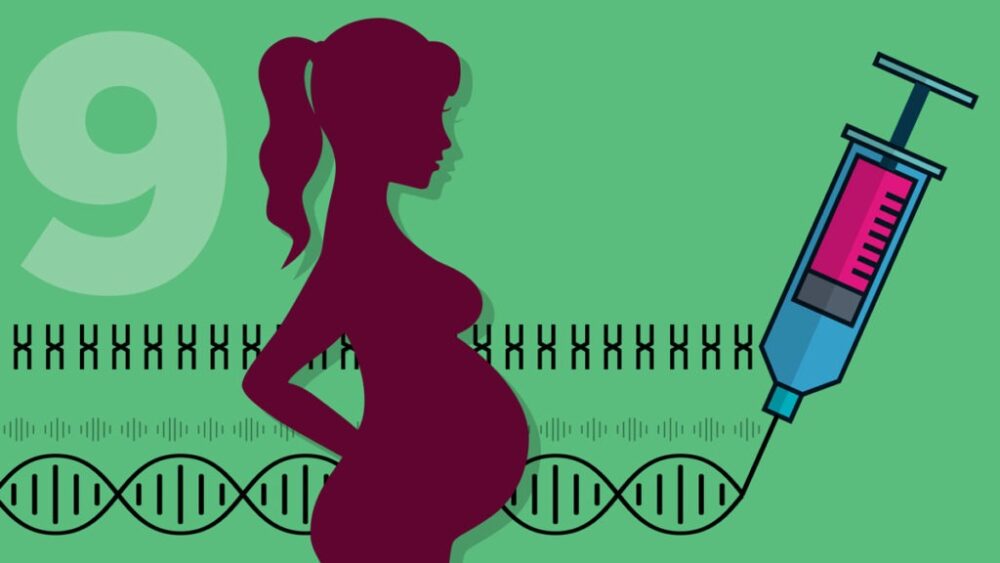
This is the only non-invasive procedure that tests the DNA from the fetus. The mother’s bloodstream has the genetic makeup of the child, which is collected to be tested against the DNA sample from the suspected father. This is a test that can be done early on in the pregnancy. 8 weeks and onwards, this prenatal test can be done.
2. Chorionic Villus Sampling (CVS)
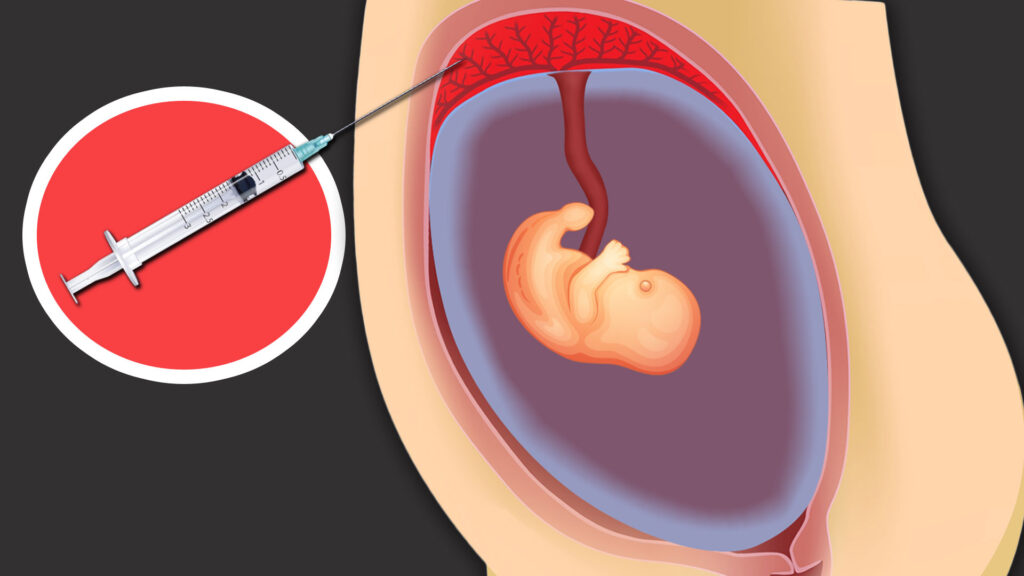
This is an invasive procedure that will take samples from the chorionic villi from the placenta. The only way to access it is through the vaginal opening and into the uterus. The sample will have the same genetic makeup as the child. The sample is obtained through a catheter. This is the highest procedure and has the chances of complications if not done with proper guidance. This test is recommended between 10 to 13 weeks.
3. Amniocentesis
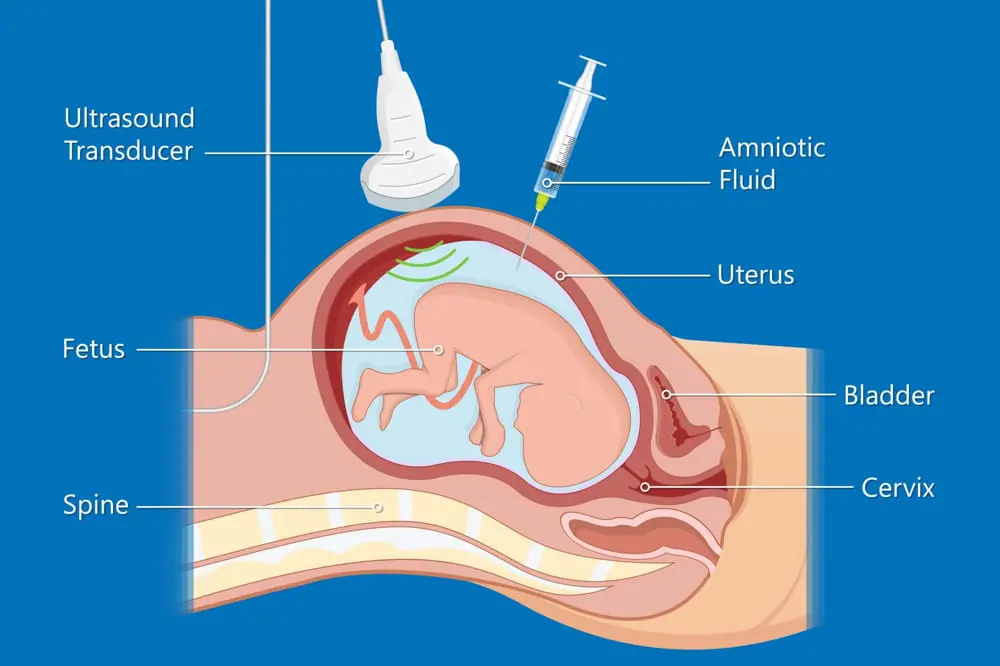
This is a method where amniotic fluid in the womb around the fetus is taken. This is another invasive procedure and will require a needle to be injected into the uterus for drawing out a sample. This process requires a doctor’s consent but is comparatively less risky than CVS. This test is usually done when the pregnancy is 14 to 20 weeks along.
How Accurate is DNA Paternity Testing?
Let us begin with NIPP since we were just talking about it. It provides 99.9% accuracy and is highly recommended by medical professionals because of its non-invasive nature. Before diving into the accuracy of the paternity test, it is important to understand that no result will be 100% accurate. This is so because you will have to partake samples from every male in the world with a similar racial background to get a hundred percent confirmation.
The accuracy will also depend if the alleged fathers are related because the genetic makeup will be somewhat similar, and the test can give a false positive. Most of the DNA tests available right now are very accurate, giving surety up to 99.9%. The deciding factor often becomes the speed at which the test can be performed and whether it is invisible non-invasive in the case of prenatal testing.

The Takeaway
We hope that this article was able to clear the working of a paternity test. The genetic makeup needs to be analyzed effectively to determine with high accuracy the Identity of the father. There are many different types of tests available on the basis of health risk and speed with which the results can be obtained.

